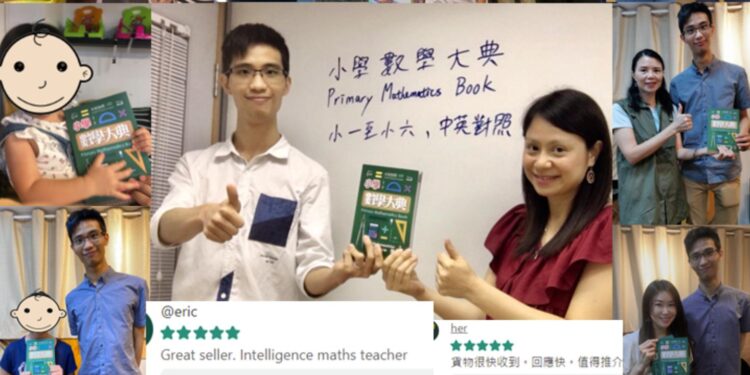To achieve a better future in mathematics education, it consists of 2 main parts.
- Automatic and systematic personalized mathematics learning system
Is it a good practice for all students with different abilities in a class to learn mathematics at the same pace? Obviously, the answer is definitely “NO!” The biggest problem in current mathematics education is that students of different abilities learn at the same pace, which prevents students with higher mathematical comprehension from realizing their full potential, and students with lower mathematical comprehension struggle to keep up with the pace, resulting in poorer performance.
To solve this problem, students should be encouraged to self-study mathematics. They have a unified recommended learning process, but it allows students with higher mathematical comprehension to learn faster, and students with lower mathematical comprehension to continue learning new topics after consolidating their foundations. How to achieve this can be done through presentation-style video teaching in both a unified venue and students’ own place, allowing each student to learn at their own pace. Each topic is broken down into multiple stages. Students need to understand and attempt to understand better than directly watching the teaching. It is based on the speed of student learning, ensuring that they can do it (understanding ≠ able to do it) at the current stage before moving on to the next stage, avoiding the inability to master due to too fast exposure to later-stage topics, while also increasing learning efficiency, avoiding wasting time on mastered stages as much as possible.
Below is a flowchart of the learning process.
To achieve the above system, “Mathewmatician’s Dictionary” is established. On the other hand, after completing a topic, they need to pass a test before they can learn the next topic. After completing several topics, they can participate in an open exam for a certain stage.
- Centralized graded mathematics assessment system
Students will different abilities and targets should learn mathematics at different paces, and when the automatics and systematic personalized mathematics learning system is applied, students with different progress should be assessed at different times. Therefore, a centralized graded mathematics assessment system with no age limit (like a music exam) as a fair and open certification is needed.
For this reason, the “Global Mathematics and Mathematics Olympiad Graded Assessment Test with Competition” is established. Currently, it consists of 16 grades, anyone can participate in any grade of assessment, while participants of a certain age will participate in the competition at the same time as they participate in the assessment.
Apart from this, academic qualifications are not necessary to be divided in the future; instead, recruitment standards in the workplace will be based on grades obtained in various subjects and their levels from public assessments.
Finally, by utilizing public assessments, we can reduce the workload of teachers, thereby reducing the future demand for mathematics teachers. This allows talented individuals who can dedicate themselves to mathematics education to contribute to an ever-expanding reservoir of mathematical knowledge, facilitating the continuous development of the mathematical field.
Prof. Mathewmatician











